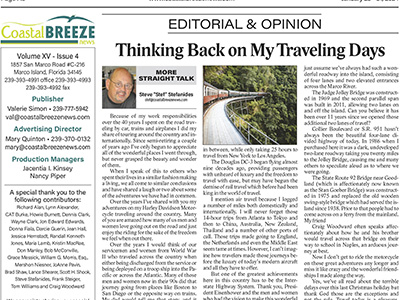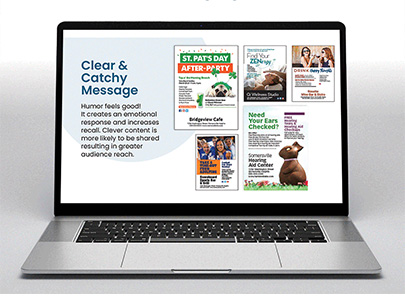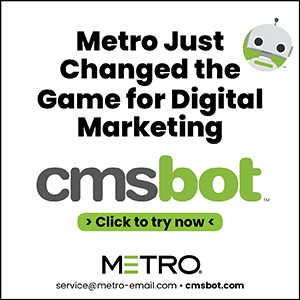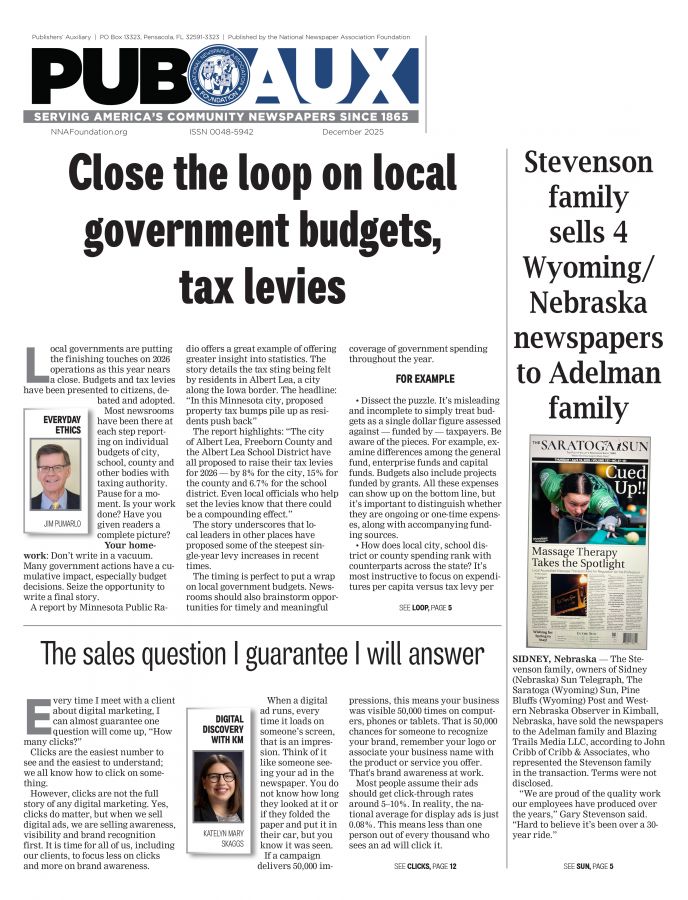Solving the puzzle of advertising
John Foust
Mar 1, 2024
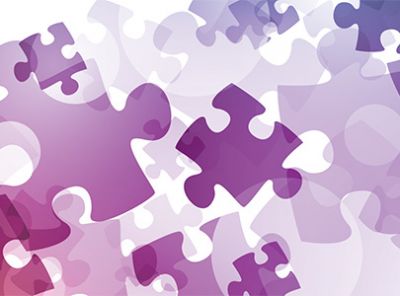

We’ve all heard challenges described as puzzles. With that in mind, let’s take a look at a real puzzle and see how it relates to the particular challenges of creating advertising. Jigsaw puzzles, of course, are illustrations, photographs or other graphic representations that are cut into many pieces. The challenge is to fit them together, each piece in its special place in the overall picture. The more pieces in the puzzle, the bigger the challenge.
In my opinion, the most important part of a jigsaw puzzle is the picture on the box that shows what the completed puzzle looks like. Imagine the difficulty of working on a puzzle without that guide. Is it a beach scene or a cityscape? Is it birds of North America or antique sports cars? You’ll never know unless there is something to follow.
It’s just as difficult — and a lot more costly — to put together an ad campaign without a guideline to follow. If you dump the pieces out of the box and try to force them to fit, you’ll end up with a jumbled mess that is destined to fall apart. But if you start with a plan, you’ll have a picture to guide you along the way.
HERE ARE SOME THOUGHTS ON ADVERTISING’S PUZZLE BOX
1. Start with research. Roberto, who speaks glowingly of the ad team he manages, once told me, “We wouldn’t think of calling on clients unless we know as much as possible about them. Thanks to their websites, online articles and our own files, we’re in position to start in-person conversations on the same wave–length. That usually establishes a good rapport so we can shift our questions to their products, their prime audiences and the history of their past advertising efforts. We focus hard on benefits because that’s the engine of the advertising.”
2. Organize the information. When working on a jigsaw puzzle, it makes sense to sort the pieces before putting them together. A little extra time now will save a lot of time later. Put the border pieces together — they have at least one straight edge. Then put all the colors together, and so on, until there’s some order to the chaos.
It’s the same in advertising. After you gather the right kind of information, take time to separate and prioritize the pieces. As you clearly identify a target audience and their buying motives, you’ll see matches with certain product benefits. And as you consider the way those bits can fit together, the bigger picture will begin to emerge.
3. Translate the information into advertising. After you put the information into workable order, the next step is to develop an advertising theme and specific ads to carry out that plan,” or as Roberto described it, “Strategy first, then tactics. In other words, the theme comes first, then the copy ideas, offers and illustrations.”
The point is simple: When you open the box to work with a new advertiser, make sure to have a good picture to follow. © Copyright 2024 by John Foust. All rights reserved.
John Foust has conducted training programs for thousands of newspaper advertising professionals. Many ad departments are using his training DVDs to save time and get quick results from in-house training. Email for information: john@johnfoust.com


